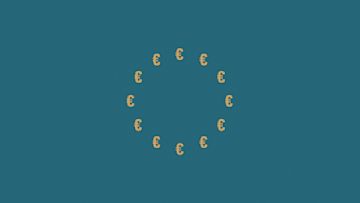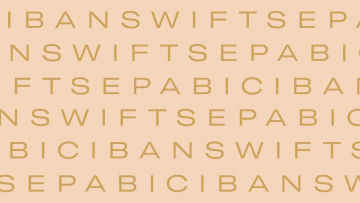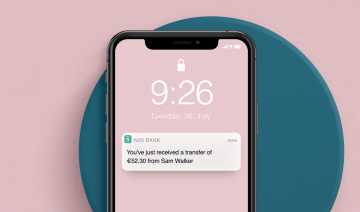What are SWIFT and BIC codes?
In an increasingly global economy, you might find that you’re making more and more international transactions. If so, you may have heard of SWIFT and BIC codes. Wondering what they are and how they work? Read on!

SWIFT codes (also known as BIC codes) ensure safe and speedy international payments through the SWIFT system. When making an overseas transaction, a SWIFT code is used to verify the identity of the banks or financial institutions. This safety measure helps ensure that funds are sent to the correct account.
Between 8 and 11 characters long, each character of a SWIFT or BIC code provides specific details that can be validated, such as the bank, the country of origin, or the branch location. Once the bank is authenticated, a quick and secure overseas payment can be made.
Why was the SWIFT/BIC code system created?
The Society for Worldwide Interbank Financial Telecommunication (or SWIFT) system was created to provide a standardized and secure way of sending international payments. SWIFT is essentially a messaging network that allows different banks to send and receive information electronically. Thanks to its standardized format, SWIFT helps to avoid confusion between banks in different countries, making payments simpler and faster with less room for error.Who uses the SWIFT and BIC code system?
Over 200 countries and 11,000 institutions use the SWIFT / BIC system—in fact, it’s the biggest international payment network in the world. By processing the codes, the system can detect where the transfer should be sent to by checking the characters in the transfer against the global database. If you’re planning to send or receive money internationally via your bank, you’ll probably be asked for a SWIFT or BIC code.
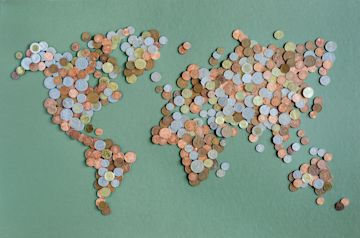
SWIFT and BIC codes—defined
When it comes to SWIFT and BIC codes, things can get a little confusing—so let’s lay out a simple definition. In short, SWIFT is the name of the overall messaging system, and BIC is the code used for the system—or the ‘Bank Identifier Code’. Both terms are used interchangeably to describe the code, or even the system. This means that if you request your SWIFT or BIC code, you’ll receive the exact same 8-11 digit number.Do I need a SWIFT or BIC code to make an international payment?
Wherever you are in the world, if you need to send or receive funds overseas through your bank, the SWIFT code of the recipient is usually required. Without this code, the transaction will likely not go through. You’ll also typically need to provide an IBAN, or International Bank Account Number, when making an international transfer. Need some insight on IBANs and how they work? Learn more about what an IBAN number is here, and how to use one here!Understanding BIC code formats
Consisting of both numbers and letters, your BIC code has 8 characters—or possibly 11 if the branch location is included. The first 4 letters of the code indicate the financial institution unique to your banking service provider—to make it simple, this may be the initials of the bank’s name! Next is a 2-letter country code, such as ‘FR’ for France or ‘DE’ for Germany, and a 2 character location code that indicates the bank’s head office. The last 3 digits, if they’re provided, refer to the specific branch that your bank account is associated with.How do you find your SWIFT/BIC code?
To locate your SWIFT/BIC code, check any paper or digital banking statements, or look at your account details on your online banking profile. You can also search for your BIC code using a digital SWIFT/BIC search tool by providing your country and bank location data.
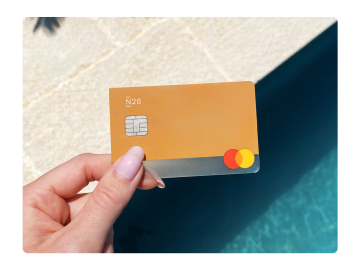
SWIFT/BIC coded security
Because SWIFT/BIC codes only communicate the sender and receiver’s bank identity rather than facilitating the transaction itself, they’re a very secure way to manage international payments. By sending and receiving secure, standardized instructions between financial institutions, SWIFT helps reduce any errors that might occur between international banks.Other international money transfers
While SWIFT provides the messaging network to send international payments, your bank may charge fees to process them. This can be a long and expensive process, and there may be hidden service fees that you haven’t accounted for. However, there are lots of affordable ways you can send funds abroad—like with N26! To learn more, discover our tips on the best ways to send money online internationally.

N26 BIC code access
At N26, we like to keep things simple. That’s why your BIC code can be easily found on your bank card, or at the top of your digital bank statements. To get access to your statements, or download a PDF for your records, go to the ‘My Account’ tab in your N26 app. Easily access your BIC code, as well as a host of other features—including Statistics, which offers a categorized breakdown of your spending, and 24/7 chatbot support to answer any questions you might have.Your money at N26 with Wise
At N26, we’ve partnered with the currency exchange service Wise to offer our customers straightforward international payments with no hidden fees. Whether you’re paying friends and family overseas or moving money between global accounts, Wise is secure and trusted by over 9 million consumers worldwide. Open an N26 account today in minutes, and you’ll have access to Wise for making quick, affordable international transfers—all right in your N26 app.

With the N26 app, making international transfers using Wise couldn’t be simpler. Just open your N26 app, tap ‘Send Money’ on your home screen, and select ‘Foreign Currency Transfer’. Next, enter the amount you want to send to the recipient's account and select the receiving currency to get an instant quote. Finally, add the receiver account details, and confirm the transaction.
Send money abroad and make international payments that you can trust, wherever you are in the world. Learn more about Wise banking features here.
Find a plan for you
N26 Standard
The free* online bank account
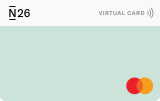
Virtual Card
€0.00/month
A virtual debit card
Free payments worldwide
Deposit protection
POPULAR
N26 Go
The debit card for everyday and travel
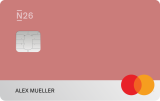

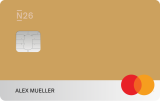
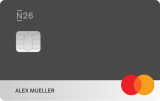
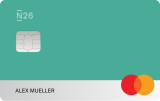
€9.90/month
Up to 5 free withdrawals in the Eurozone
Flight and luggage delay cover
Medical emergency cover
Winter activities insurance
Pandemic coverage
N26 Metal
The premium account with a metal card
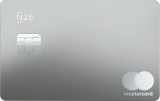
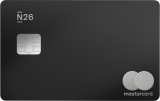
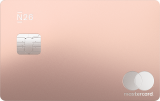
€16.90/month
An 18-gram metal card
Up to 8 free withdrawals in the Eurozone
Purchase protection
Phone insurance
Dedicated N26 Metal line
SWIFT and BIC codes are global bank identifiers that securely verify a specific bank for an international transaction. Unique to each bank, it authenticates details such as the country of origin and branch location, to ensure the details given for that bank are correct. Once verified, the global payment can be processed, because the identity matches the bank records. Without a SWIFT/BIC code, an account holder usually cannot complete an international payment to an overseas account.
Yep, a SWIFT code and BIC code are the same thing and provide the same service. The acronym SWIFT stands for “Society for Worldwide Interbank Financial Telecommunication”, which is the messaging for the global system. The abbreviation BIC stands for “Bank Identifier Code”, which is the code the service provides. SWIFT could be considered the name of the system, and BIC the coded identifier the system uses to verify the bank identity. However, the terms are used interchangeably when referring to the code needed to make a transaction.
A SWIFT code and an IBAN number are different, but they both help verify the bank or account holder trying to send or receive an international transaction. While a SWIFT code is used to determine the individual bank facilitating the transaction, the IBAN number identifies the individual bank accounts the payment is moving between. Up to 34 characters long, an IBAN number verifies this unique account information. Both a SWIFT (or BIC) and an IBAN are important to ensure an error-free and quick international money transfer.
Between 8 and 11 characters long, every SWIFT or BIC code digit provides information about the bank where the account is held. The first four characters provide the name of the bank, which could be the initials or an abbreviation, and the next two are the country code that bank belongs to. These are followed by the location code of the bank, and—finally—the branch identifier. Some SWIFT/BIC codes include an additional three digits that identify the branch location.
At N26, your SWIFT/BIC can be found via the website or your smartphone app or in your bank statements. Go to the ‘My Account’ tab, and your BIC code should be available here. If you can't find a statement or don’t have access to the app, you can also find your SWIFT/BIC code by using an online SWIFT/BIC search tool. Alternatively, use the 24/7 chatbot support from N26 for help finding your SWIFT/BIC code, or for any other banking queries.
